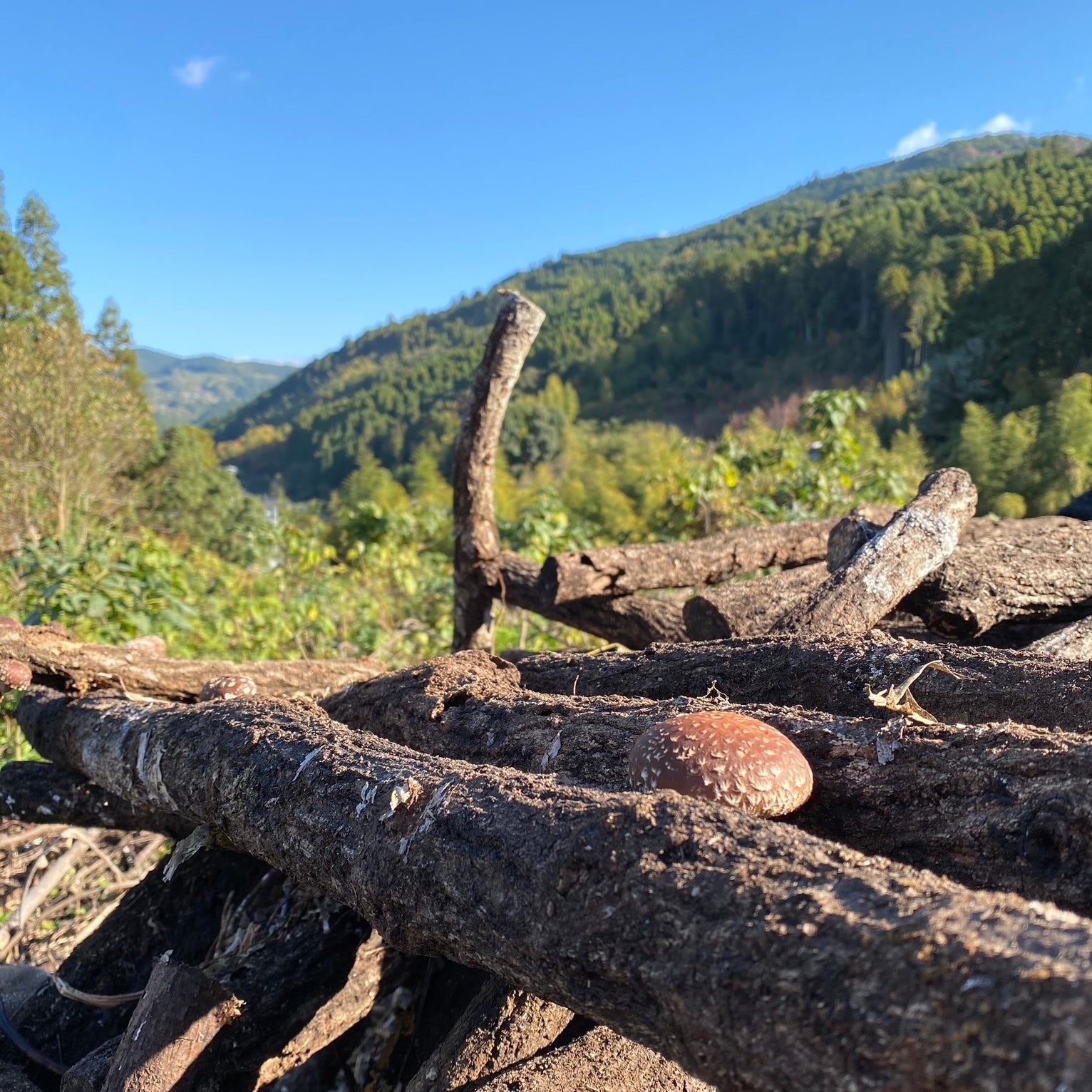Early in my culinary career, I remember shiitake mushrooms being the first “exotic” mushroom I had experienced. It was not until my externship (at a fine dining restaurant in San Francisco) during culinary school, that I fell in love with them. We would grill the shiitake, then slice them paper-thin and toss with them with white truffle oil as a component for a terrine. Those flavors were mind-blowing for me at that time in my budding culinary career. As I grew and matured, I realized I disliked truffle oils, but fell deeper in love with shiitake mushrooms. They are just so different from other mushrooms - they are umami bombs.
Shiitake mushrooms are used often in some Asian cuisines, but especially in Japan. The Japanese take their shiitake seriously. It is one of their main umami building blocks. Unlike here in the U.S., shiitake are graded on many factors such as thickness, looks, flavor, size, etc. Plus, they are used in so many different cooking applications.
Every time we go to Japan, Chris and I pinch ourselves because we get to go to one of our favorite places and meet with amazing artisans and then go share what we found with chefs and home cooks back home. It is our dream job that has become reality. Yet still there are times that rise above all others and transport us to a ‘holy shit I can’t believe this is really happening’ moment. We had one of those moments on our most recent trip to Japan when we visited Takehisa, a dried shiitake company in Kyushu.
We went to Chikugo and met with Keiko Takehisa (the daughter of the president of the company), Kazuo Takehisa and her husband Yuki Ikei (who is the Sales Manager). Then we took a 30 to 40 minute drive into the mountains by way of a little valley road, which passed through small villages and over old stone bridges. During the drive, we noticed rolling hills covered in tea, just like wine grapes cover hillsides in Europe, and learned that the region is also well known for tea production. Eventually we ended up in the town of Hoshino where we met Mrs. Yamaguchi. She led us up the mountainside in our rental car on a road that seemed just wide enough for a 4-wheeler. When we arrived, we were on a mountainside looking out over a beautiful valley onto an adjacent mountainside dotted with autumn colored trees.
When we stepped outside of our car, smoke from a small fire was wafting through the air. It was morning and reminiscent of that feeling you get when you are about to eat breakfast after a night of camping. This is where we met Mr. Yamaguchi. I asked how long he had been growing shiitake and tea and he said almost 40 years. He quickly took us over to covered woodpiles to explain how they start growing shiitake.

Sawtooth Oak is the wood that is used to grow shiitake. They cut the wood, trim off any branches and then drill small holes the size of a dress shirt button into the oak. Then they put spores in the holes, make a neat woodpile and age the oak for 2 years to make sure the wood is completely inoculated. We learned that sunshine kills the spores, so they keep the piles well covered.
Once the wood is inoculated and aged, the oak logs are taken into the forest and leaned against one larger main log. Then the same thing for the other side. It ends up resembling a top-heavy X. These then start to open up and produce mushrooms for 2 years. This part was especially breathtaking, because these rows of shiitake logs seemed to fill the forest. It was one of those things, that if you did not know it was there, you would never see it. Later when we left the farm and were driving back to the factory, I noticed many other shiitake farms hiding in the forest in “plain sight”.

They showed us how they pick the shiitake with a little twist of the hand. We started to fill a bucket, which we then brought down to Yamaguchi-san who had started a little grill with the wood from the fire. Then Mrs. Yamaguchi cleaned the shiitake in water and grilled them. As we sat around the fire, warming up, he served us his green tea. It was phenomenal. The shiitake mushrooms were incredible straight off the grill. He served them a few different ways. My favorite was simply with salt. The other options were shoyu, shoyu & butter and salt & mayonnaise.

Now stuffed with shiitake and completely blown away by our impromptu breakfast, we headed to their drying facility. The mushrooms are dried and sorted, then shipped off to auction. At the auction, the shiitake are bought on quality, size and sometimes even by the specific farmer. Farmers put their name on the boxes, so you can see who grew the shiitake.

Once back at the Tahisa factory, we toured the sorting, packing and storage facility. They also have a fantastic little restaurant where we were treated to a wonderful lunch. We all smelled like a campfire - a special reminder of the amazing experience we just had. The lunch of course started with tempura shiitake…what else? So delicious.



